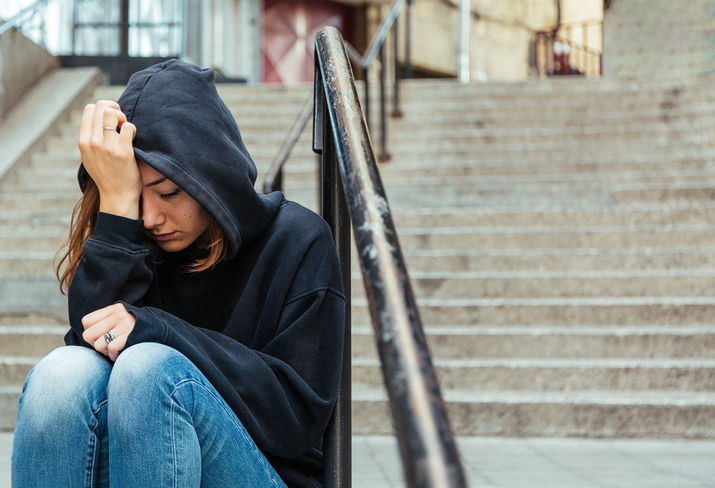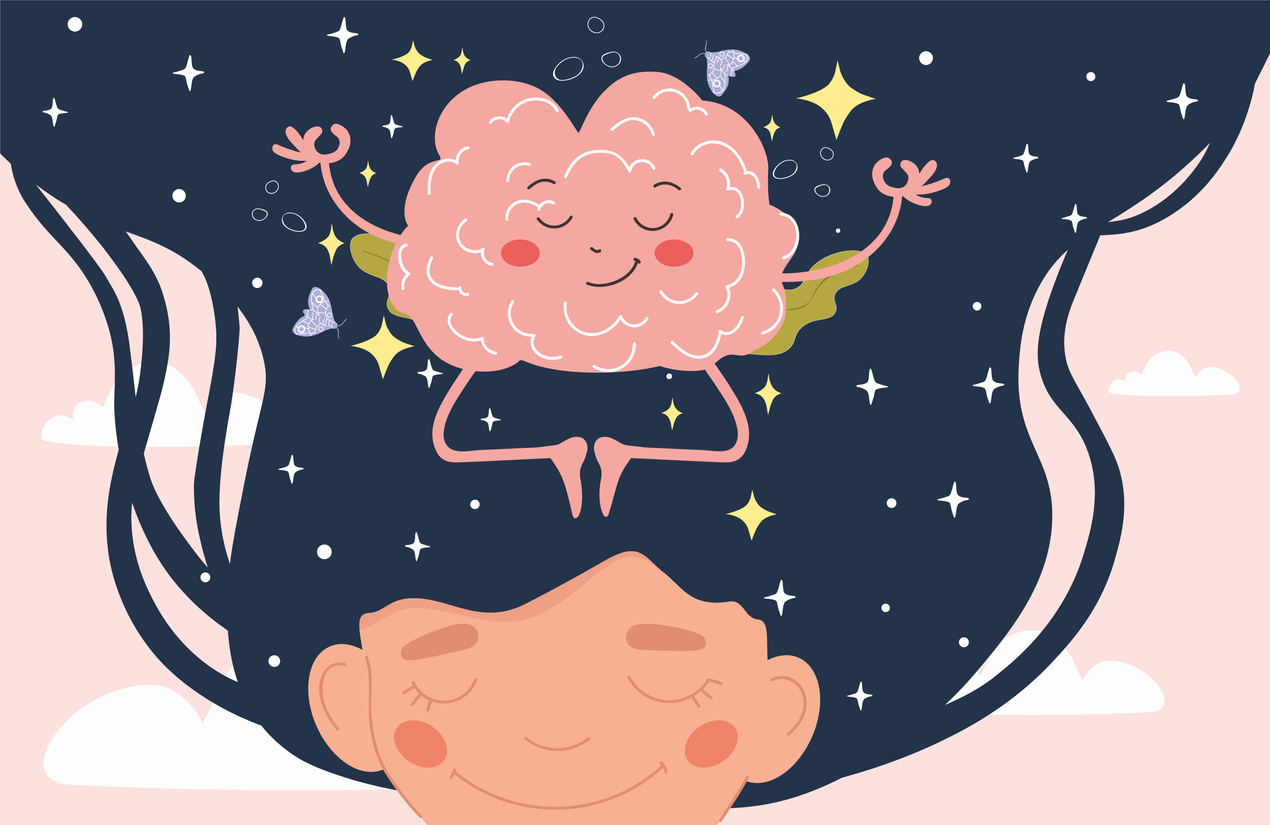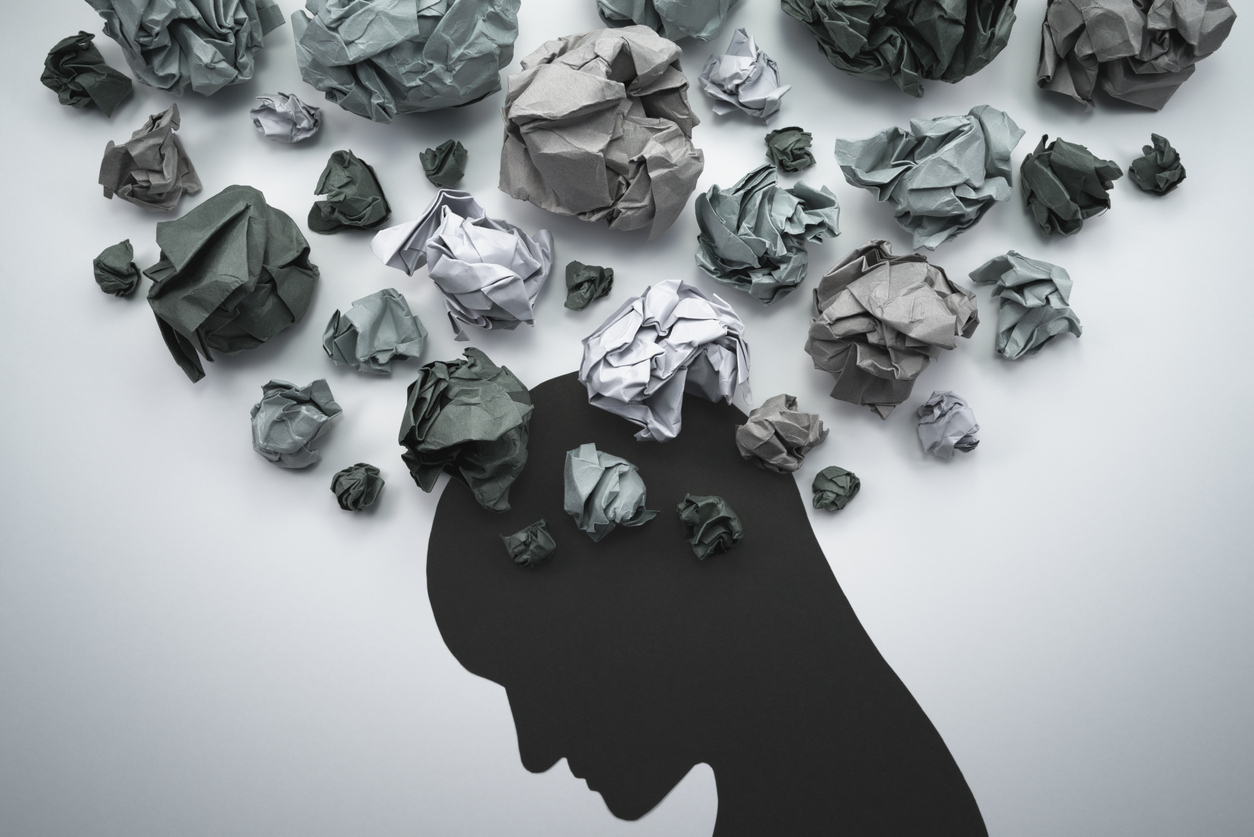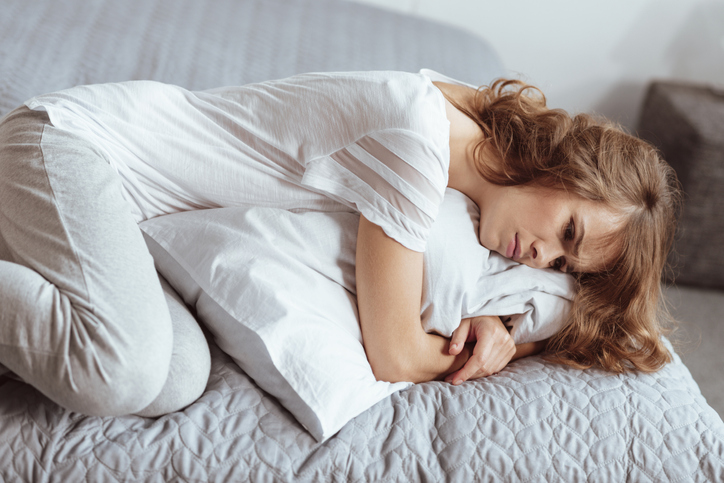Living with Chronic Pain
Conventional Medical Treatment Options for Depression

Medication and psychotherapy are the most commonly used conventional medical treatments for depression. They can be used independently; however, they are most effective when used together. For individuals who cannot take antidepressants or do not respond to them, other treatment options are available.
Medications
Antidepressants are the most commonly prescribed medications used to treat depression. Several types of antidepressants are available as treatment options:
- Selective serotonin reuptake inhibitors (SSRIs) are commonly prescribed to treat depression due to their safety and relative lack of side effects. Examples include sertraline, paroxetine, fluoxetine and escitalopram.
- Serotonin and norepinephrine reuptake inhibitors (SNRIs) can be used if SSRIs are not effective or if significant fatigue or pain is also an issue. Examples include duloxetine and venlafaxine.
- Tricyclic antidepressants typically have more side effects than SSRIs and SNRIs, so they may not be prescribed unless other medications are not effective. Examples include amitriptyline, nortriptyline and imipramine.
- Monoamine oxidase inhibitors (MAOIs) are similar to tricyclic antidepressants; however, MAOIs can have side effects and also require a strict diet because of potential interactions with foods. Because of this, they are not prescribed as commonly as other medications. Examples include tranylcypromine, phenelzine and isocarboxazid.
- Atypical antidepressants do not fit in any of the other antidepressant categories. Examples include bupropion, mirtazapine and vortioxetine.
It can take between two and 12 weeks to determine if an antidepressant is effective. If the medication is not effective, an adjusted dosage or a different medication may be prescribed. In some cases, psychiatrists may also recommend combining two antidepressants to treat depression.
Psychotherapy
Several types of psychotherapy can help treat depression. Examples include cognitive behavioral therapy, mindfulness-based cognitive therapy, and interpersonal psychotherapy.
Speaking with a therapist can help individuals learn to identify negative thoughts and behaviors and replace them with healthy ones. It can also help individuals develop coping skills to deal with depression.
Electroconvulsive therapy
Electroconvulsive therapy, or ECT, is an option for treatment-resistant depression or major depressive disorder. ECT involves using small electrical currents to intentionally cause a seizure while under a general anesthetic. ECT changes brain chemistry, reducing depression symptoms.
Unfortunately, stigma born from the early days of electroshock treatment still surrounds this therapy. Some still refer to ECT as electroshock treatment, and its presentation in the media (television and movies) often shows it as a cruel practice with severe side effects. However, modern ECT is done under general anesthesia, and much smaller doses of electricity are used in a safe, controlled environment to reduce the risk of any side effects.
Transcranial magnetic stimulation
Transcranial magnetic stimulation, or TMS, is a non-invasive procedure that uses magnetic fields to stimulate cells in the brain to improve symptoms of depression. Currently, TMS is used when other depression treatments have failed.
During TMS, an electromagnetic coil is placed against the scalp near the forehead. The coil sends painless magnetic pulses to the part of the brain that controls mood regulation and depression. Individuals are awake during the procedure. Side effects, such as headache, lightheadedness, discomfort at the site of stimulation, and tingling or twitching of facial muscles, may occur.


















